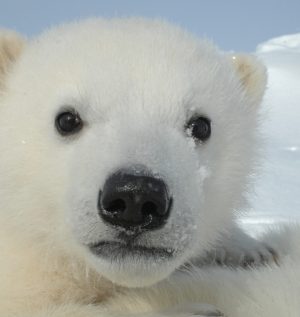20th Working Meeting of the IUCN/SSC Polar Bear Specialist Group
The 20th working meeting of the IUCN/SSC Polar Bear Specialist Group (PBSG) was held at the School of Aquatic and Fisheries Sciences, University of Washington, Seattle, WA, USA, 10-14 June














